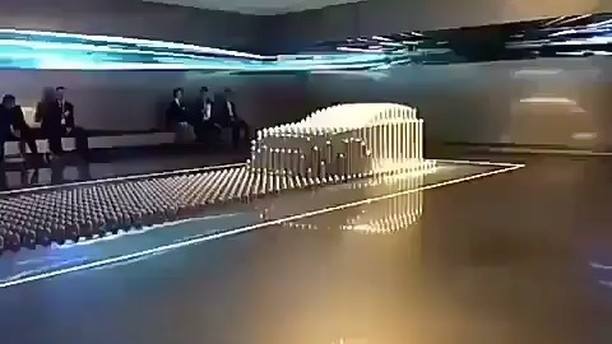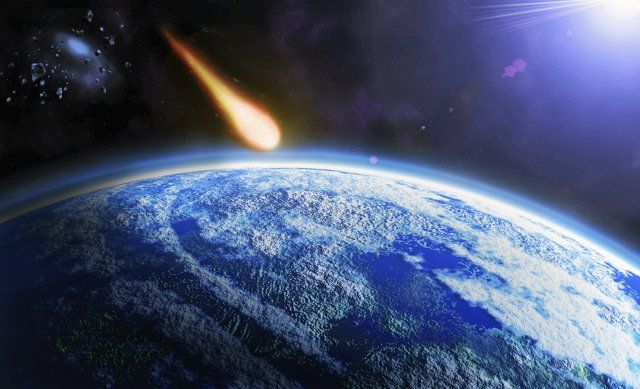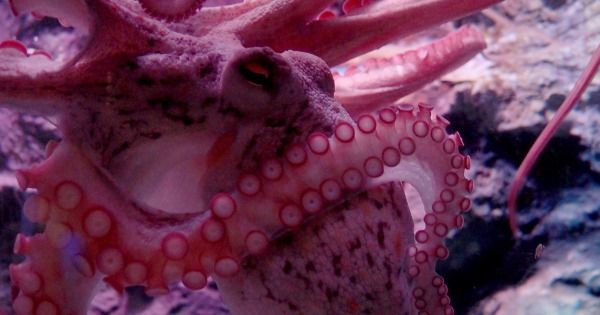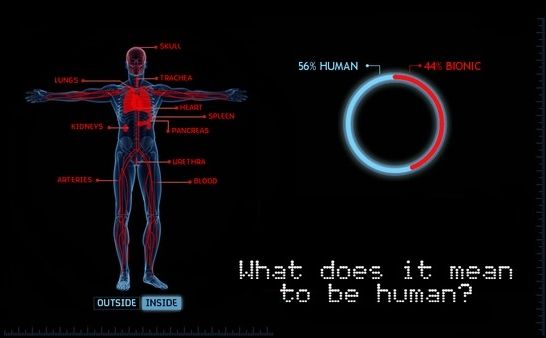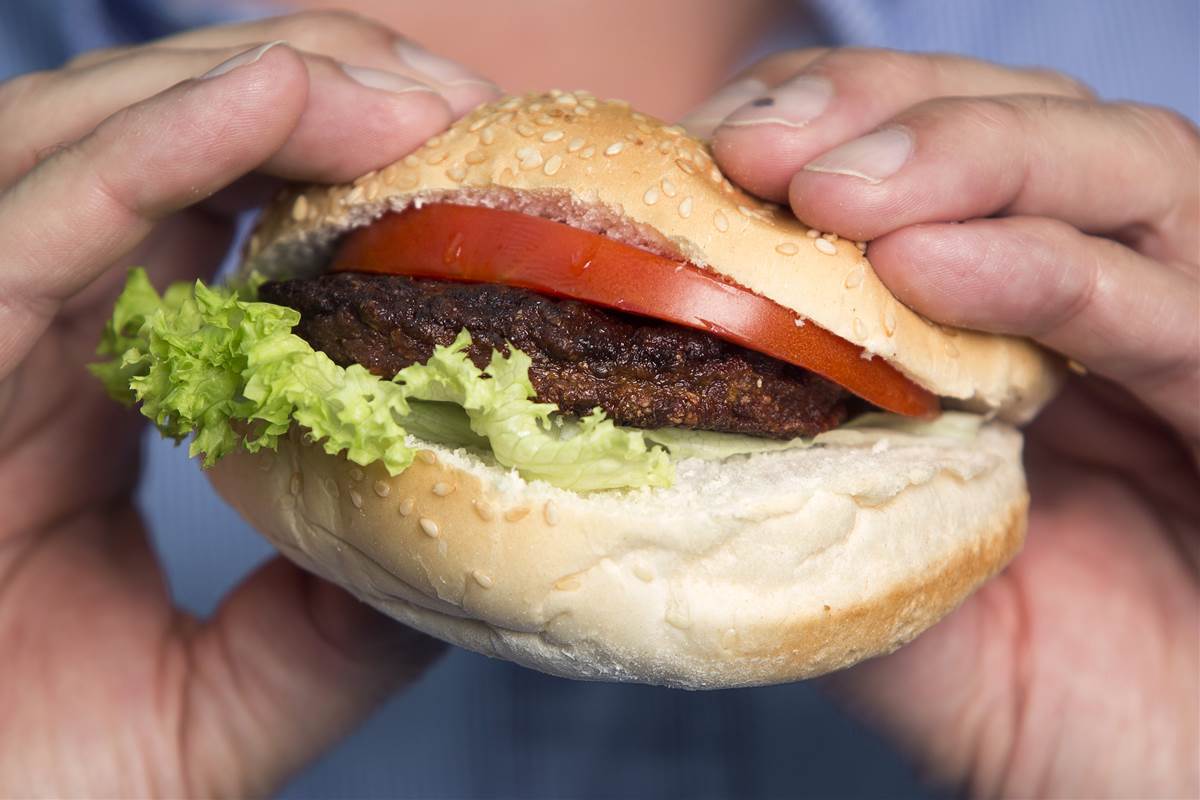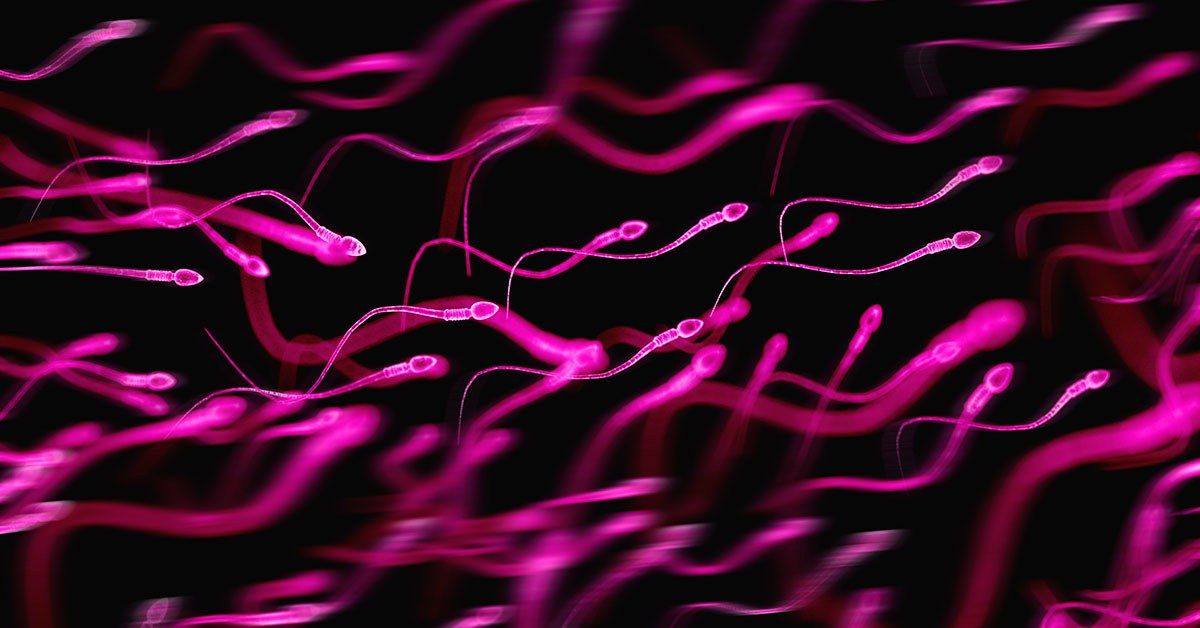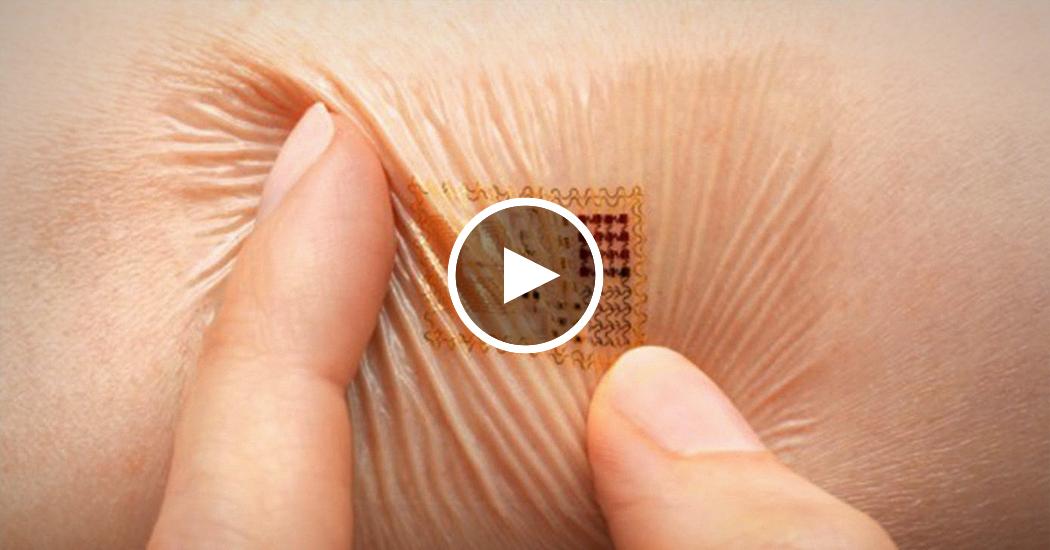Page 10072
Apr 10, 2017
Congrats New York, for becoming the first state to offer tuition-free four-year college!
Posted by Shailesh Prasad in category: futurism
Apr 9, 2017
All Systems Go: China Spearheads New AI With Chip That Simulates Human Brain
Posted by Dan Kummer in category: robotics/AI
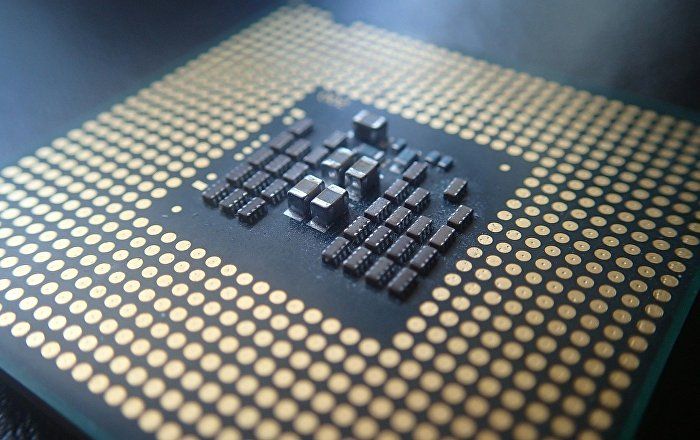
Chinese researchers are developing an advanced artificial intelligence processor that is expected to help China launch its foray into the global chip market; a whopping 1.4 million dollars has already been earmarked for the purpose by the Chinese Academy of Sciences, according to Xinhua.
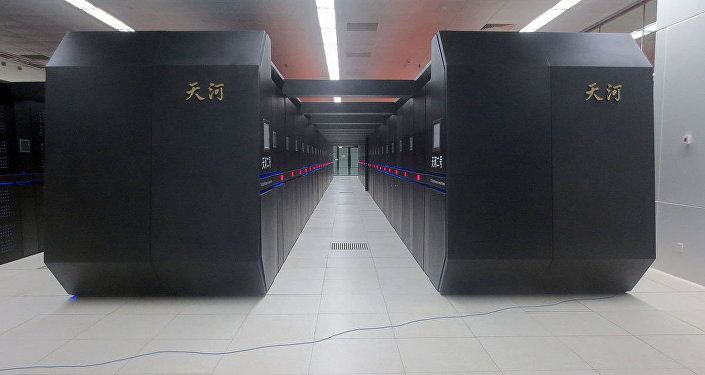
Continue reading “All Systems Go: China Spearheads New AI With Chip That Simulates Human Brain” »
Apr 9, 2017
Innovation in the Bay Area: Q&A with Nidhi Kalra
Posted by Dan Kummer in categories: biotech/medical, cybercrime/malcode, drones, education, life extension, policy, robotics/AI, satellites
For people in that area, and it may be worth while to try reaching out to them for funding for anti aging stuff.
Why is RAND opening a Bay Area office?
The San Francisco Bay Area is really at the center of technology and transformation. That’s also been a focus at RAND since our very first report, Preliminary Design of an Experimental World-Circling Spaceship, in 1946, which foretold the creation of satellites more than a decade before Sputnik.
Continue reading “Innovation in the Bay Area: Q&A with Nidhi Kalra” »
And how close is “very close”? NASA says this rock will come about 1.1 million miles (1.8 million kilometers) from Earth. That’s about 4.6 times the distance from Earth to the moon. The moon, by the way, is about 239,000 miles (384,400 kilometers) from Earth.
A large asteroid is hurtling toward Earth — but there’s no need to duck and cover.
The space rock, known by the very dull name of 2014 JO25 will safely fly by Earth on April 19, according to NASA. The chances of it pounding our planet and leaving us for the dead? Zero, experts say.
Apr 9, 2017
These Species Can Recode Their Own Genetics
Posted by Aleksandar Vukovic in categories: bioengineering, biotech/medical, genetics, neuroscience
Technically, an animal could use RNA editing to change the nature of its proteins without completely altering the underlying DNA instructions. This makes the cephalopods’ ability to do it a very interesting phenomenon, but it’s unclear as to why the species requires this much RNA editing. Many of the edited proteins were found in the animals’ brains, which is why scientists think the editing and their brainpower could be linked.
More than any other species on earth, octopuses are particularly smart—they can solve puzzles, use tools, and communicate using color. Now scientists are saying they’re also capable of editing their RNA.
A team of scientists led by Joshua Rosenthal at the Marine Biological Laboratory and Noa Liscovitch-Braur and Eli Eisenberg at Tel Aviv University have discovered that octopuses and squid are capable of a type of genetic alteration called RNA editing. The process is rare among other species, leading scientists to believe that the cephalopods have evolved to follow a special kind of gene recoding.
Continue reading “These Species Can Recode Their Own Genetics” »
Apr 9, 2017
The Cybernetic Messiah: Transhumanism and Artificial Intelligence
Posted by Zoltan Istvan in categories: biotech/medical, business, Elon Musk, ethics, existential risks, robotics/AI, space travel, transhumanism
Some weird religious stories w/ transhumanism Expect the conflict between religion and transhumanism to get worse, as closed-minded conservative viewpoints get challenged by radical science and a future with no need for an afterlife: http://barbwire.com/2017/04/06/cybernetic-messiah-transhuman…elligence/ & http://www.livebytheword.blog/google-directors-push-for-comp…s-explain/ & http://ctktexas.com/pastoral-backstory-march-30th-2017/
By J. Davila Ashcroft
The recent film Ghost in the Shell is a science fiction tale about a young girl (known as Major) used as an experiment in a Transhumanist/Artificial Intelligence experiment, turning her into a weapon. At first, she complies, thinking the company behind the experiment saved her life after her family died. The truth is, however, that the company took her forcefully while she was a runaway. Major finds out that this company has done the same to others as well, and this knowledge causes her to turn on the company. Throughout the story the viewer is confronted with the existential questions behind such an experiment as Major struggles with the trauma of not feeling things like the warmth of human skin, and the sensations of touch and taste, and feels less than human, though she is told many times she is better than human. While this is obviously a science fiction story, what might comes as a surprise to some is that the subject matter of the film is not just fiction. Transhumanism and Artificial Intelligence on the level of the things explored in this film are all too real, and seem to be only a few years around the corner.
Continue reading “The Cybernetic Messiah: Transhumanism and Artificial Intelligence” »
Apr 8, 2017
Lab-grown meat may save a lot more than farm animals’ lives
Posted by Dan Kummer in categories: food, sustainability
Keeping up with the demand for meat worldwide could one day ruin the planet. But teams of scientists are hard at work growing animal-free burgers, chicken, turkey, and fish that are sustainable, healthy, and, some say, pretty delicious.
Apr 8, 2017
Scientists Might Have Just Discovered a New Use For Sperm
Posted by Shane Hinshaw in category: biotech/medical
Apr 8, 2017
A temporary tattoo that brings hospital care to the home
Posted by Shane Hinshaw in categories: biotech/medical, habitats, health, wearables
What if doctors could monitor patients at home with the same degree of accuracy they’d get during a stay at the hospital? Bioelectronics innovator Todd Coleman shares his quest to develop wearable, flexible electronic health monitoring patches that promise to revolutionize healthcare and make medicine less invasive.
